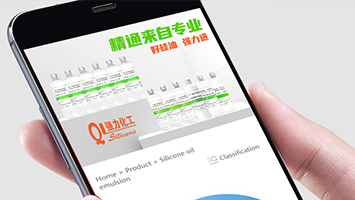From common semiconductor devices to aerospace fields, from solar cells to construction fields, from artificial joints to medical fields, silicon has penetrated into every aspect of our lives. In this article, we will take a look at how silicon is popular.
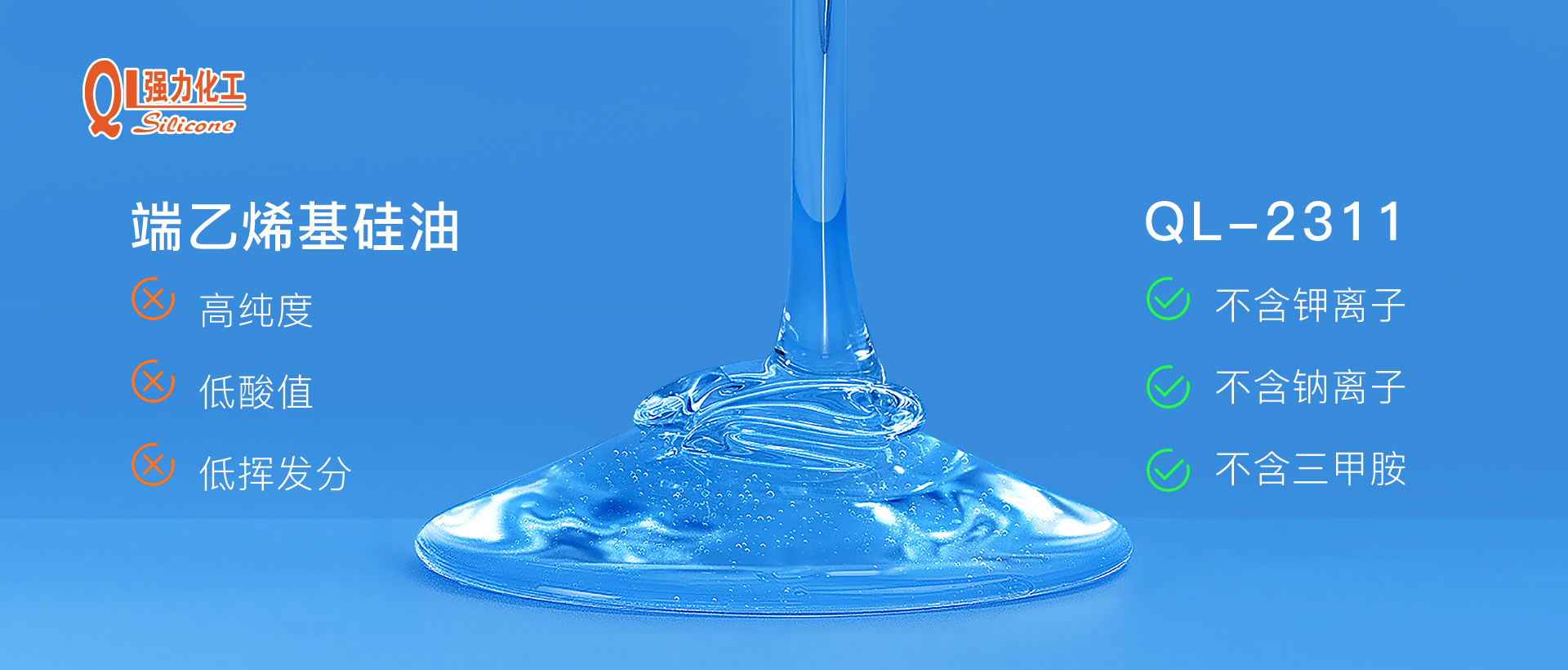
First. Construction field
 In China, 67,600 tons of silicone are used in the production of building materials every year, accounting for 41% of Asia's silicone sales in this segment. Since 2010, the construction industry has provided about 9% of jobs in China.
In China, 67,600 tons of silicone are used in the production of building materials every year, accounting for 41% of Asia's silicone sales in this segment. Since 2010, the construction industry has provided about 9% of jobs in China.
Silicone products are used in building sealants, adhesives and protective coatings. These silicone products help protect, enhance, preserve and provide aesthetic, innovative features to buildings. Silicones are widely used in the construction industry because of their ability to bond to many materials such as concrete, glass, granite, marble, aluminum, steel, and plastic; their durability and resistance to harsh weather, moisture, or sunlight; corrosion from incoming water; silicones improve building energy efficiency, silicones resist moisture when used as sealants, resist hot and cold air from joints and crevices, and help insulate heat; silicones provide flexibility , to reduce the damage to buildings caused by medium and low-intensity earthquakes. Thanks to these unique properties, silicones are not only essential for residential and office buildings, but also indispensable materials for bridges, drilling platforms, industrial plants and pipelines.
Due to the nanoporous super-insulation performance of SiO₂ aerogels, it has extensive and potential application value in the field of building energy conservation. SiO₂ airgel is a translucent material composed of nano-SiO₂ skeleton, its porosity is as high as 99%, the density is 0.05-0.2g/cm3, the gel size is less than 50nm, the pore diameter is smaller than the mean free path of molecules, and the thermal The conductivity is 0.03~0.05W/m·K at room temperature.
The applications of SiO₂ airgel for construction include airgel energy-saving windows, airgel coatings, new airgel sheets and roof solar collectors.
1. Airgel energy-saving windows
Silica airgel materials have a very small pore structure, which is much smaller than the wavelength of visible light. In aerogels, about 95% to 99% of the volume of air is stored in pores smaller than the mean free path of air. Since the aerogel has sufficient compressive strength and can balance the external air pressure, the evacuated airgel window can be used as a transparent partition.
2. Airgel new sheet
The use of airgel to produce new insulation panels is one of the focuses of research at home and abroad. It is a completely recyclable material that is moisture-proof, mildew-proof, anti-bacteria and anti-UV. It is not easy to burn and has no damage to the ozone layer during its production.
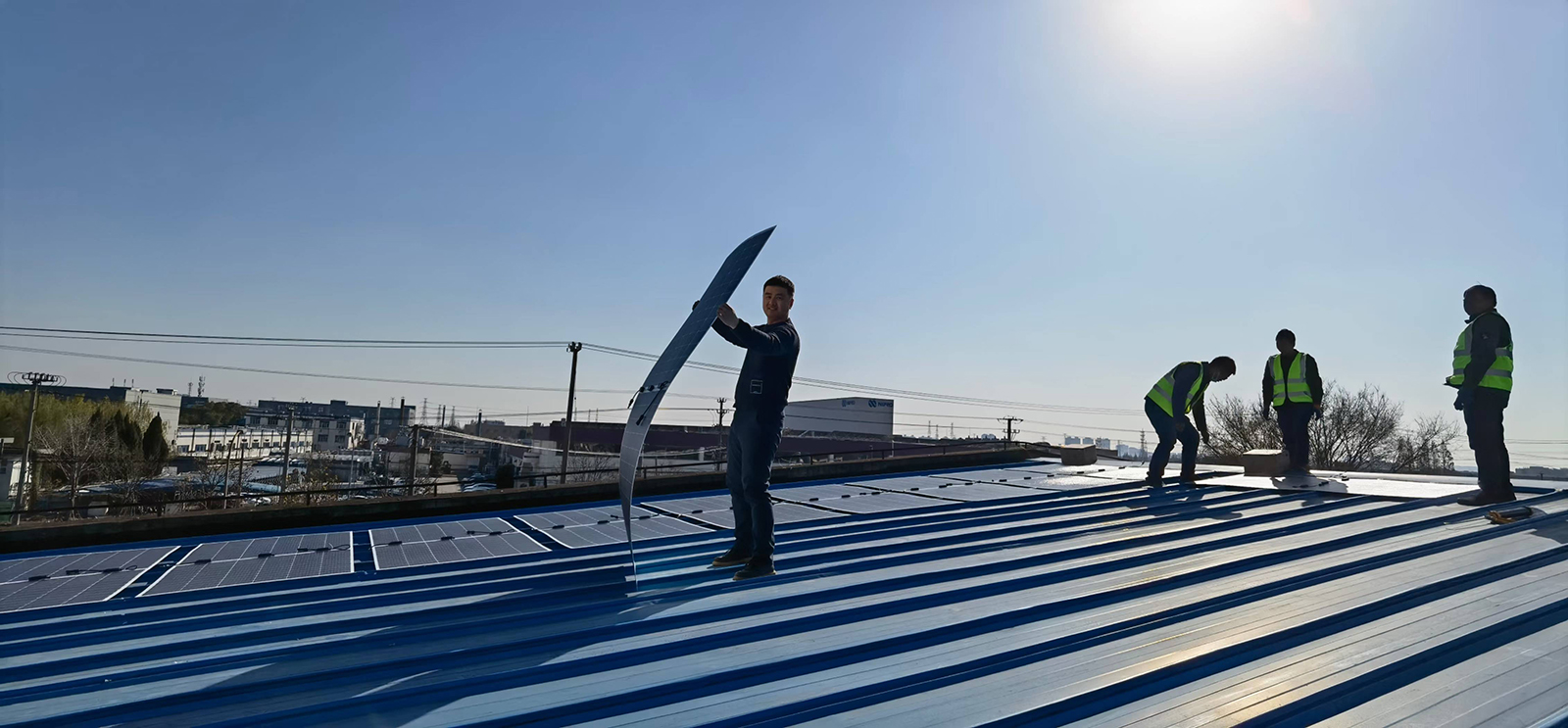 3). Roof solar collectors
3). Roof solar collectors
With the continuous maturity of the production technology of nanoporous super thermal insulation materials and the continuous reduction of production costs, this material is firstly applied to solar water heaters in households and units. Applying nanoporous super-insulation materials to water heater storage tanks, pipes, and heat collectors will more than double the heat collection efficiency of existing solar water heaters, while reducing heat loss to less than 30% of the current level.
Silicone is used in building materials to improve sustainability and energy efficiency: In the same application, silicone sealants can last up to 3 times longer than organic material sealants; the use of silicone resin latex paint on bare building surfaces can save up to 40 % heat loss Silicone additives or coatings can reduce building water absorption by up to 80% compared to conventional building materials, which helps reduce material degradation and extend the life of treated materials.
Second. Medical field
 Since 1960, due to the excellent properties of silicone rubber, especially its excellent biocompatibility and biological inertness, it has been used more and more in the field of medical devices.
Since 1960, due to the excellent properties of silicone rubber, especially its excellent biocompatibility and biological inertness, it has been used more and more in the field of medical devices.
In the existing medical silicone rubber applications, short-term contact medical devices include human catheters, infusion tubes, throats, silicone adhesives and lubricants, etc.; long-term implantable medical products include artificial breasts, artificial joints, etc. , facial implants, and more.
Classification and characteristics of silicone materials in the medical field:
1. Silicone oil
Linear polysiloxane is a flowing liquid within a certain molecular weight range, and its viscosity increases with the increase of the molecular weight of polysiloxane. At the same time, the steric effect or polarization effect of the functional group on the side group also has a great influence on it. Influence, the viscosity of silicone oil increases. The silicone oil used directly in the industry does not contain reactive groups, and the side groups are mostly methyl, phenyl, amino, fluoropropyl, etc., and are mostly used as lubricants and defoamers, and are widely used in various fields.
2. Silicone gel
The side group of linear polysiloxane contains reactive groups, which can react with cross-linking agent under catalyst and certain conditions, and form soft and transparent silicone gel after cross-linking. The active groups on linear polysiloxane include Si-OH, Si-O-Me, Si-O-Et, Si-Vi, etc., and the crosslinking agent is silane or siloxane containing two or more functional groups , the catalyst is Sn, Pt, amine, etc.
3. Silicone pressure sensitive adhesive
Silicone pressure-sensitive adhesive is composed of high molecular weight methyl vinyl polysiloxane and silicone resin, and diluted with a certain amount of solvent. When using silicone pressure sensitive adhesive, it is generally used after adding peroxide or Pt catalyst and crosslinking agent for vulcanization, but it is also used when it is not vulcanized in some occasions.
4. Silicone elastomer
Silicone elastomer is the most widely used silicone material in the medical field, and can be roughly divided into high temperature compound rubber (HCE), liquid silicone rubber (LSR) and room temperature vulcanized silicone rubber (RTV). Among them, the high-temperature compound rubber is mixed with high molecular weight methyl vinyl polysiloxane, reinforcing fillers and processing aids. It is in the shape of plasticine before being vulcanized. After adding a vulcanizing agent, it undergoes a cross-linking reaction under heating conditions to form a three-dimensional network structure of the elastomer.
Three. The field of electronic devices]
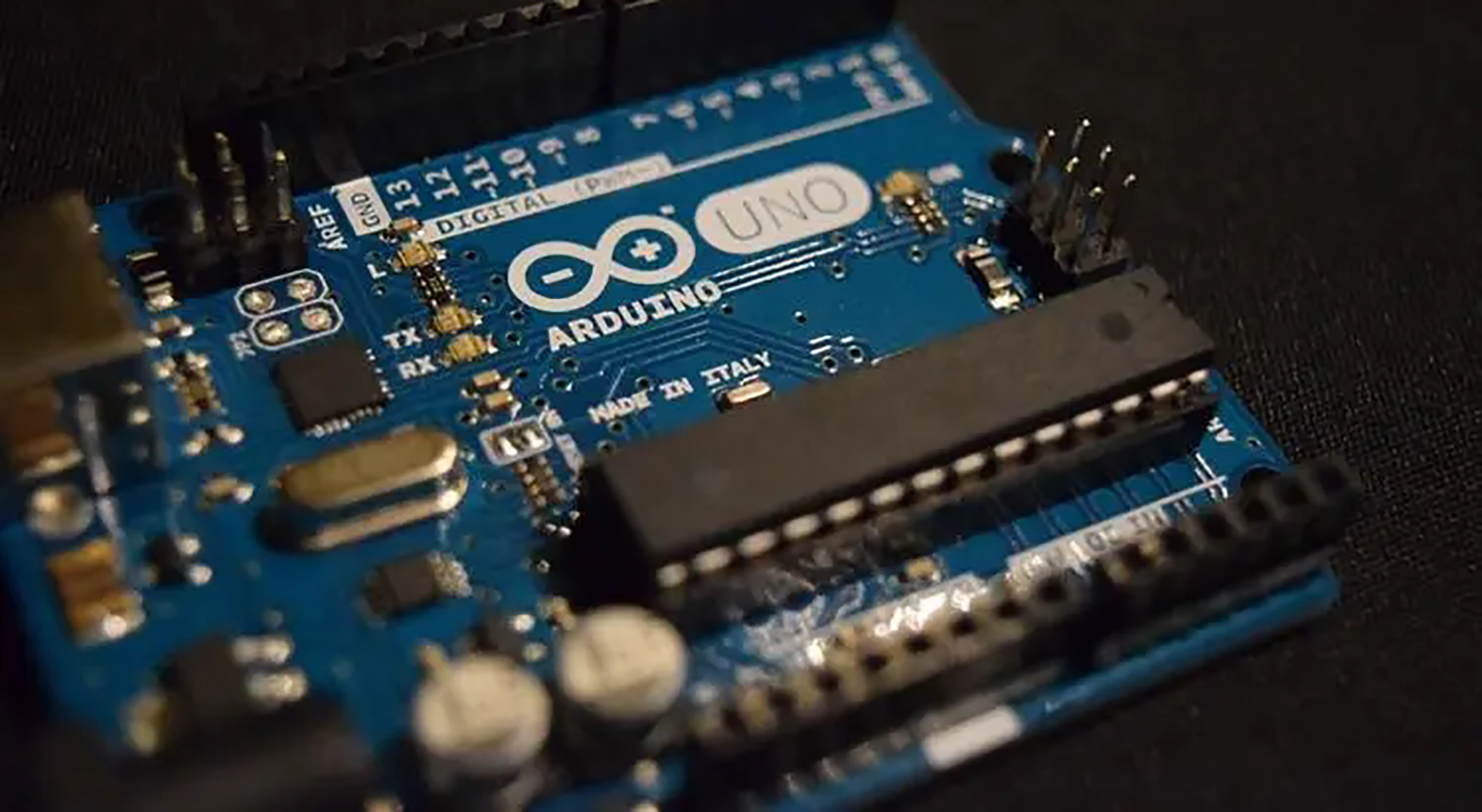 1. Monocrystalline silicon
1. Monocrystalline silicon
Monocrystalline silicon is a relatively active non-metallic element, an important part of crystalline materials, and is at the forefront of the development of new materials.
Monocrystalline silicon is mainly used to make semiconductor components, and is the raw material for manufacturing semiconductor silicon devices, and is used to make high-power rectifiers, high-power transistors, diodes, switching devices, etc. Its follow-up products, integrated circuits and semiconductor separation devices, have been widely used in various fields, and also occupy an important position in military electronic equipment.
2. Polysilicon
Polysilicon is a form of elemental silicon. When molten elemental silicon is solidified under supercooled conditions, silicon atoms are arranged in the form of diamond lattices to form many crystal nuclei. If these crystal nuclei grow into crystal grains with different crystal plane orientations, these crystal grains combine to crystallize into polycrystalline silicon. .
3. Silicon wafer (including slicing, grinding and polishing)
Silicon is a semiconductor material, and its own conductivity is not very good. However, its resistivity can be precisely controlled by adding appropriate dopants. Before semiconductors can be manufactured, silicon must be converted into wafers. This starts with the growth of silicon ingots. Single crystal silicon is a solid in which atoms are formed periodically in a three-dimensional spatial pattern that runs throughout the material. Polysilicon is formed independently of many small single crystals with different crystal orientations, and cannot be used to make semiconductor circuits. Polycrystalline silicon must be melted into single crystals to be processed into wafers used in semiconductor applications. Processing silicon wafers to produce an ingot can take anywhere from a week to a month, depending on many factors, including size, quality and end-user requirements. More than 75% of monocrystalline silicon wafers are grown by the Czochralski (CZ, also known as pulling method) method.
4. Epitaxial wafer
Epitaxy is one of the semiconductor processes. In the bipolar process, the bottom layer of the silicon wafer is P-type substrate silicon (some add a buried layer); then a layer of single crystal silicon is grown on the substrate, and this layer of single crystal silicon is called the epitaxial layer; and then in the epitaxial layer Inject the base region, emitter region and so on. Finally, a vertical NPN tube structure is basically formed: the epitaxial layer is a collector region, and there are base and emitter regions on the epitaxial layer. Epitaxial wafers are silicon wafers with epitaxial layers on the substrate.
Semiconductor manufacturers mainly use polished Si wafers (PW) and epitaxial Si wafers as raw materials for ICs. Epitaxial products are applied in four aspects, and CMOS complementary metal oxide semiconductors support cutting-edge processes that require small device sizes. CMOS products are the largest application area for epiwafers and are used by IC manufacturers for non-recoverable device processes, including microprocessors and logic chips, as well as flash memory and DRAM (dynamic random access memory) for memory applications. Discrete semiconductors are used to manufacture components that require precise Si characteristics. The "exotic" semiconductor class includes specialty products that use non-Si materials, many of which use compound semiconductor materials incorporated into epitaxial layers. The buried layer semiconductor is physically isolated by heavily doped regions within the bipolar transistor element, which is also deposited in the epitaxial process.
Amorphous silicon is chemically more active than crystalline silicon. The structure is characterized by α-silicon with short-range order and long-range disorder. Pure α-silicon cannot be used due to its high defect density. A hydrogen-containing amorphous silicon film is obtained by glow discharge vapor deposition method, in which hydrogen compensates for suspension chains, and is doped and pn junctioned. It is mainly used to refine pure silicon and manufacture solar cells, thin film transistors, copy drums, photoelectric sensors, etc.
Fourth, the field of consumer goods

 China's personal care and consumer goods industry purchases approximately 50,000 tons of silicones annually. In China, the personal care products industry alone supports about 2.5 million jobs.
China's personal care and consumer goods industry purchases approximately 50,000 tons of silicones annually. In China, the personal care products industry alone supports about 2.5 million jobs.
In this field, silicone polymers and alkylene oxides are mainly used as solvents and product carriers. In personal care, silicones are used in:
Deodorants, hair care, skin care, sunscreen products, cosmetics; in terms of processing, silicones offer a variety of advantages, such as transparency, colorless and odorless, fast evaporation on the skin surface, low skin sensitization, etc., besides , silicone also provides a glossy smooth feel to the product.
In the field of consumer goods, silicones are used in the production of: household polishes, detergents, waxes, kitchen supplies, baby products.
Silicones are flexible, heat-resistant and resistant to bacteria, making them particularly suitable for use in kitchen utensils. The variety of silicone kitchen utensils is endless, from baking tins and heat mitts to compressible food containers and sippy cups.
In the consumer goods industry, silicones can significantly reduce energy consumption: Silicones are used as defoamers in detergents and fabric softeners, reducing water and energy consumption in washing machines.
Five. Energy industry
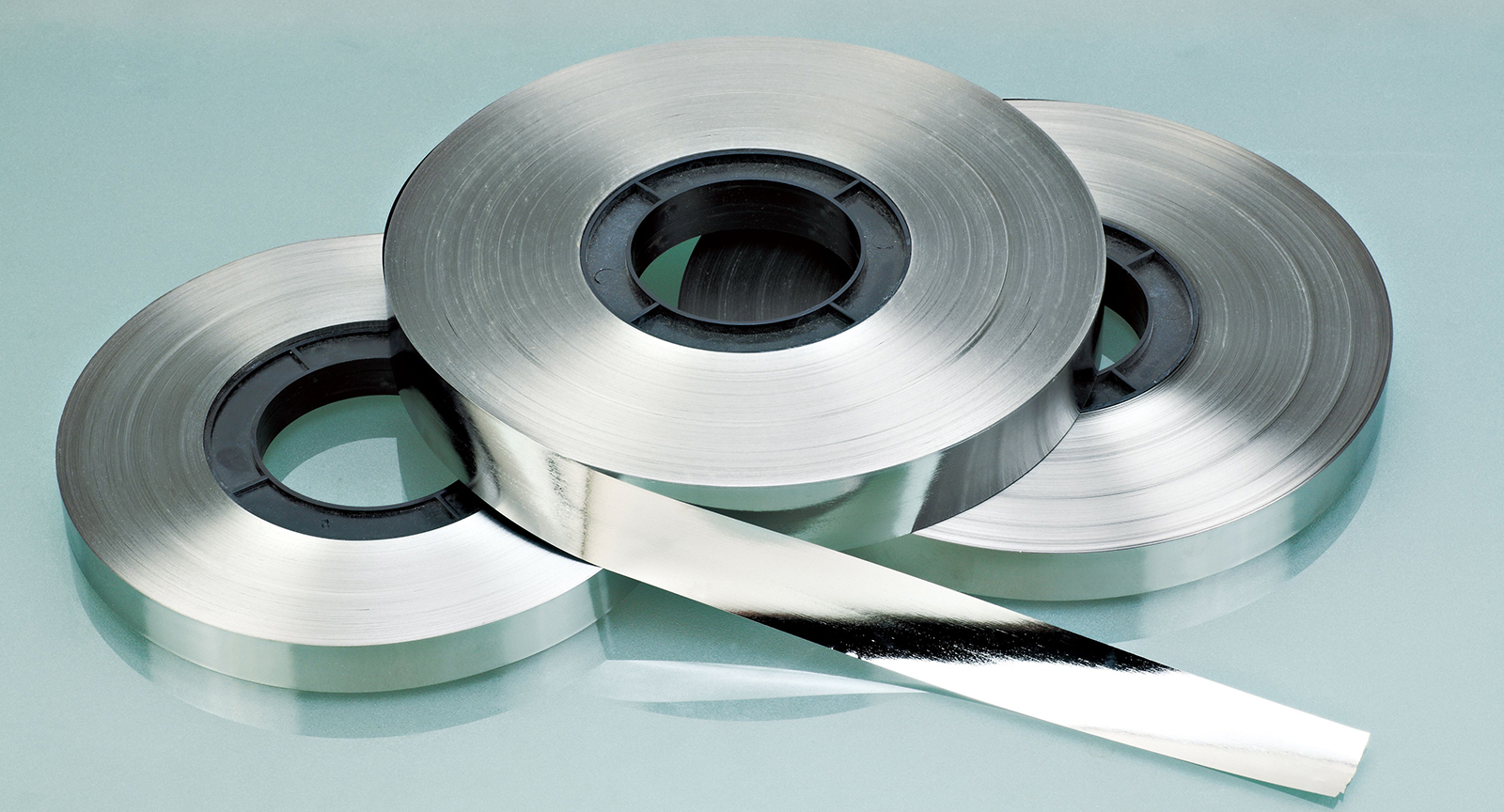
 Nano-silicon materials have the characteristics of large specific surface area, high surface energy, and large proportion of surface atoms. After surface modification, they have been gradually applied in oil field pressure reduction and injection, tertiary oil recovery, and water treatment, showing great potential.
Nano-silicon materials have the characteristics of large specific surface area, high surface energy, and large proportion of surface atoms. After surface modification, they have been gradually applied in oil field pressure reduction and injection, tertiary oil recovery, and water treatment, showing great potential.
Nano-silicon material is a hotspot in the field of scientific research in the 21st century. Its composition is mainly silicon dioxide, which has strong hydrophobic and lipophilic capabilities, as well as non-toxic, odorless, and non-polluting properties. The discrete particle size is generally 10 to 500 nm. . Nano-silicon materials have the characteristics of small particle size, large specific surface, high surface energy, and large proportion of surface atoms, as well as various nano-effects such as small size effect, surface effect, quantum size effect and macroscopic quantum tunneling effect, and can be widely used. In various fields, it has broad application prospects and great commercial value.
Silicones help save costs because of their properties: transparency, stability, low reactivity, temperature and weather resistance, neutral cure (avoiding corrosive by-products), adhesion, flexibility. Silicones are also used as adhesives and lubricants in wind turbine manufacturing. Silicones improve rotor blade durability and weatherability By increasing durability and strength while reducing weight, silicones help produce larger wind turbines with higher energy potential; silicone lubricants help reduce Turbine maintenance costs while maximizing energy efficiency; in oil and gas, silicones are the most widely used defoamers because silicones: increase oil and gas recovery while reducing water consumption and increasing efficiency; in oil wells, drilling platforms, Maintaining throughput and production in refineries and oil transportation saves costs by preventing oil spills and damage to downstream equipment; more than that, silicones are used as insulators in underground cables for power transmission and distribution, as well as in transformers. Silicones can extend the life of underground cables by up to 20 years, avoiding the need to replace or repair cables, reducing costs, and the use of silicones in transformers increases the durability of power transmission and helps prevent power outages
Six. Aerospace field
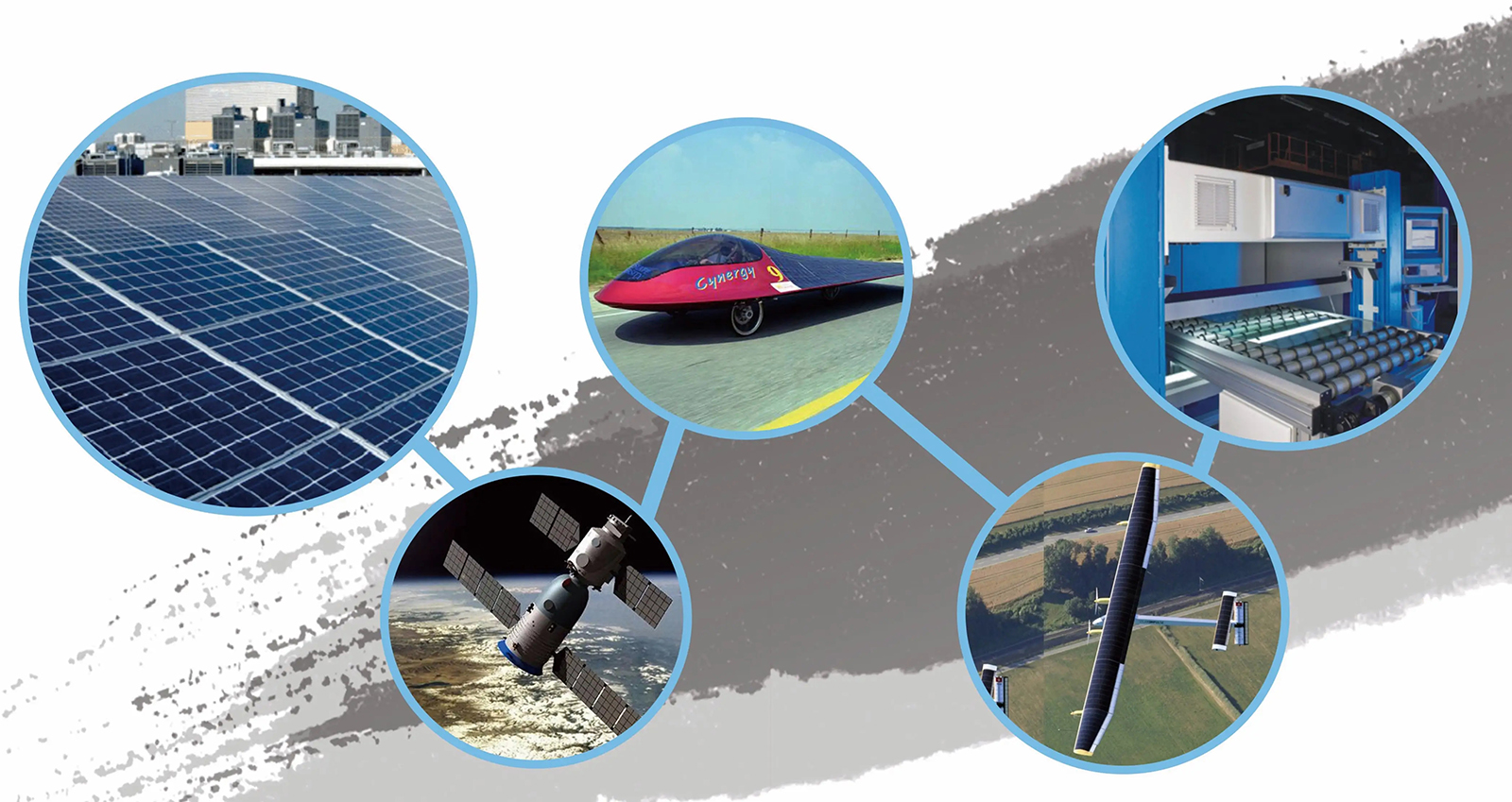
 After modification, SiO2 airgel can also be used as gas filter, chemical catalyst carrier, harmless and efficient insecticide, etc. For example, pyridine is a typical refractory organic compound in coking wastewater. Using TiO2/SiO2 airgel as a catalyst can effectively degrade pyridine under ultraviolet light irradiation.
After modification, SiO2 airgel can also be used as gas filter, chemical catalyst carrier, harmless and efficient insecticide, etc. For example, pyridine is a typical refractory organic compound in coking wastewater. Using TiO2/SiO2 airgel as a catalyst can effectively degrade pyridine under ultraviolet light irradiation.


